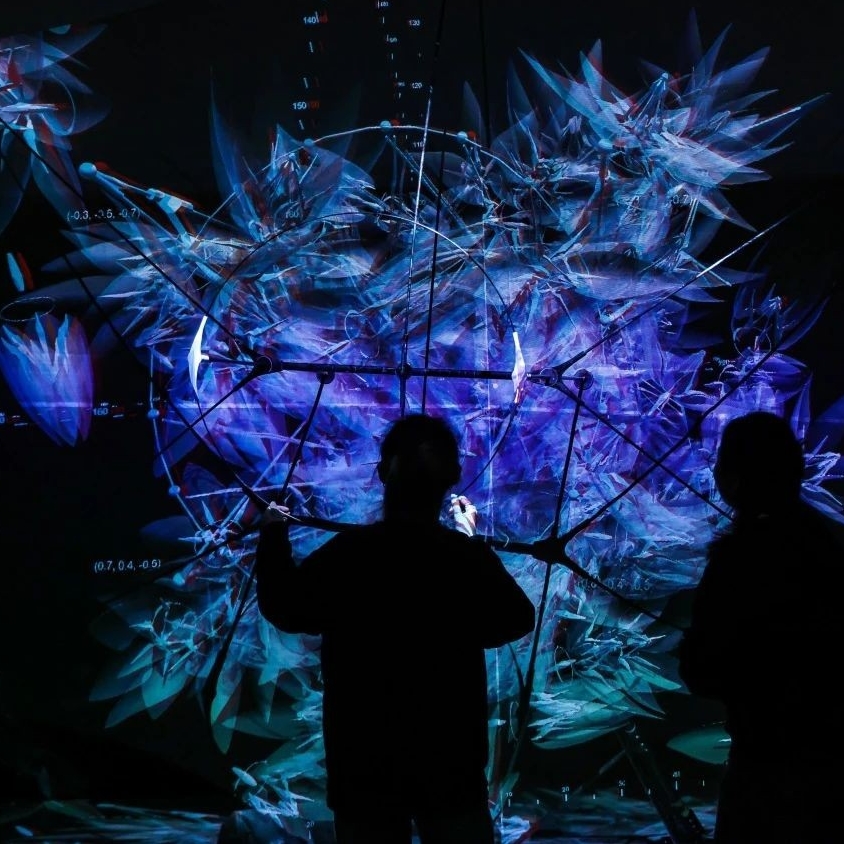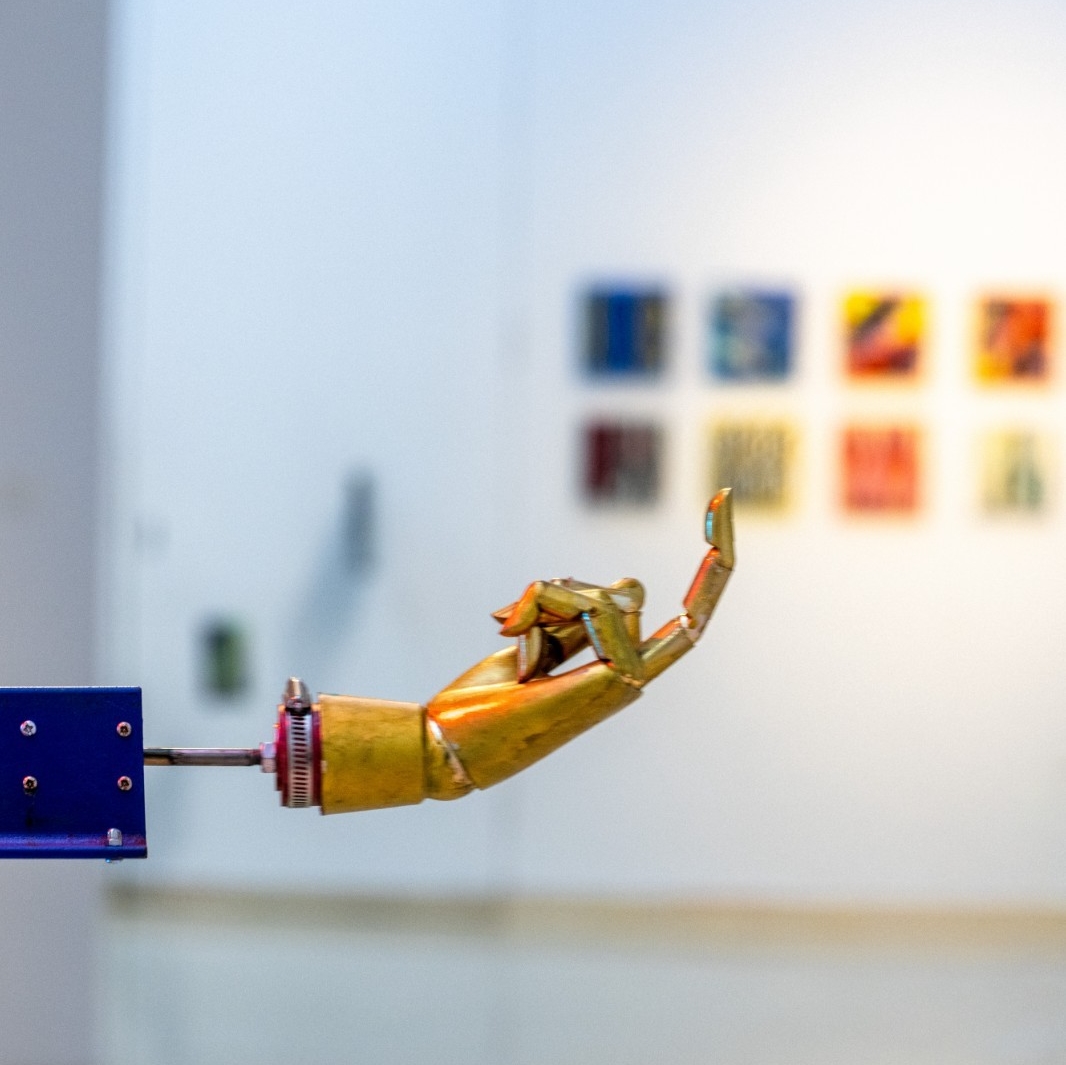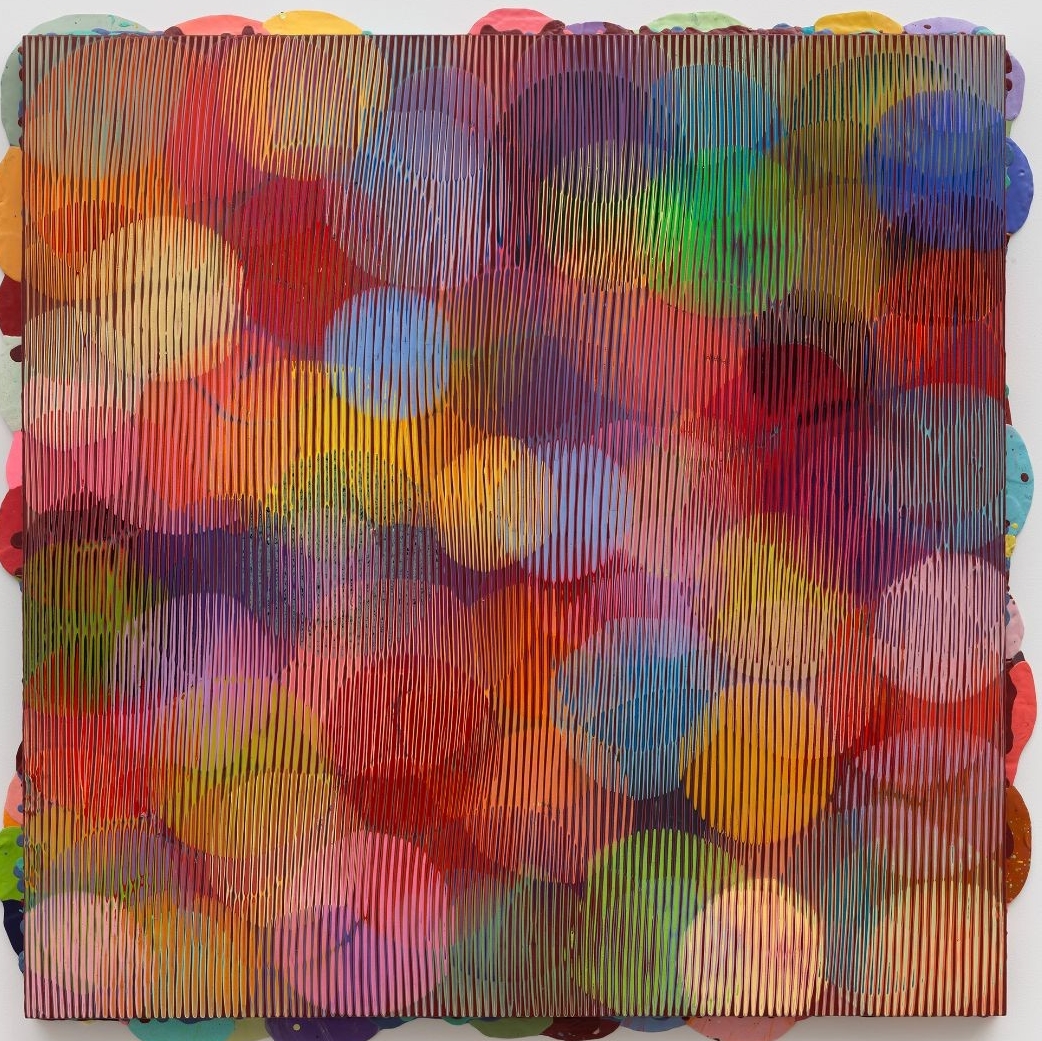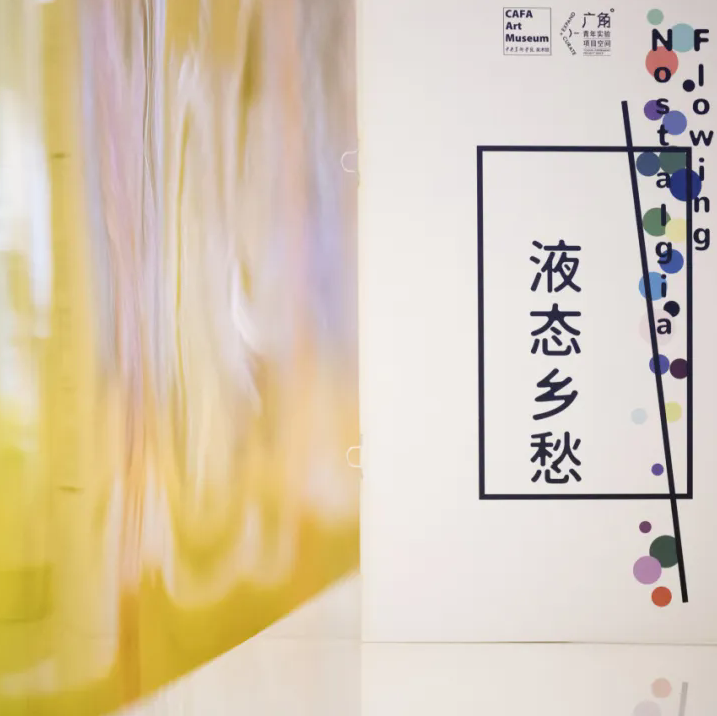
I. M. Pei outside John F. Kennedy Presidential Library and Museum, Dorchester, Massachusetts, in 1979. (Photo © Ted Dully/The Boston Globe via Getty Images)
M+, Asia’s global museum of contemporary visual culture in the West Kowloon Cultural District in Hong Kong, will present I. M. Pei: Life Is Architecture, the first full-scale retrospective of Chinese American architect Ieoh Ming Pei (1917–2019), widely known as I. M. Pei, one of the most influential architects of the twentieth and twenty-first centuries. This Special Exhibition will be held in the museum’s West Gallery from Saturday, 29 June 2024 to Sunday, 5 January 2025.

A bride’s photoshoot captured from Passage Richelieu at the Grand Louvre in Paris, 2021. Photograph by Giovanna Silva. Commissioned by M+ View of the faceted central structure of the Museum of Islamic Art in Doha, 2022. Photograph by Mohamed Somji. Commissioned by M+
View of the faceted central structure of the Museum of Islamic Art in Doha, 2022. Photograph by Mohamed Somji. Commissioned by M+
Pei’s high-profile projects were realised over seven decades with an exceptionally wide geographic reach, including the National Gallery of Art East Building in Washington, D.C., modernisation of the Grand Louvre in Paris, Bank of China Tower in Hong Kong, and Museum of Islamic Art in Doha. These iconic landmarks solidified Pei’s position in architectural history and popular culture. His life and work weave together a tapestry of power dynamics, geopolitical complexities, cultural traditions, and the character of cities around the world, and his transcultural vision laid a foundation for the contemporary world.

I.M. Pei, 1976. Photograph by Irving Penn for Vogue, copyright Conde Nast
The exhibition takes a close look at Pei’s life and work through six areas of focus that not only define his unique practice, but also place his architectural projects in dialogue with social, cultural, and biographical trajectories, showing architecture and life to be inseparable.
These areas are:
Pei’s Cross-Cultural Foundations shows how Pei’s upbringing and architectural education formed the foundation of his ability to reconcile multiple sources of influence across cultures and between tradition and modernity.

Pei family portrait in the garden of Tsuyee Pei’s house, which belonged to Bank of China, on Route Ferguson (now Wukang Road) in Shanghai’s French Concession. Back row: I. M. Pei (third from left), Tsuyee Pei (sixth from left). Seated: I. M. Pei’s grandfather Bei Li-tai (fifth from left), 1935. (Photo © All rights reserved. Courtesy of Patricia Pei) I. M. Pei: A Bankers’ Club in Hong Kong, fourth-year student project at the Massachusetts Institute of Technology, 1938–1939. (Image © MIT Museum. Courtesy MIT Museum)
I. M. Pei: A Bankers’ Club in Hong Kong, fourth-year student project at the Massachusetts Institute of Technology, 1938–1939. (Image © MIT Museum. Courtesy MIT Museum)
Real Estate and Urban Redevelopment unveils a lesser-known phase of Pei’s career as part of real estate developer Webb & Knapp in New York City. It explores his contributions to mixed-use planning, housing, and urban revitalisation projects in the United States in the 1960s, and subsequently beyond American borders.

Robert Schwartz (illustrator), Webb & Knapp (developer): Rendering of early scheme, Southwest
Washington Urban Redevelopment (1953–1959), Washington, D.C., ca.1957. (Image © Pei Cobb Freed & Partners) I. M. Pei explaining his proposal for Oklahoma City’s new downtown to a city official with a presentation model, ca. 1964. (Photo © The Oklahoman – USA TODAY NETWORK)
I. M. Pei explaining his proposal for Oklahoma City’s new downtown to a city official with a presentation model, ca. 1964. (Photo © The Oklahoman – USA TODAY NETWORK)
Art and Civic Form introduces Pei’s museum designs and his frequent collaborations with artists from Henry Moore to Zao Wou-Ki. The section demonstrates his belief in museums as civic spaces, the importance of dialogue between art and architecture, and his deep affinity with the contemporary art of his time.

I. M. Pei: Section drawing of the Museum of Chinese Art for Shanghai, master’s in architecture thesis at the Harvard University Graduate School of Design, 1946. (Image courtesy of the Frances Loeb Library, Harvard University Graduate School of Design) Giovanna Silva: Interior view of Cour Puget of the Richelieu wing, Grand Louvre (1983–1993), Paris, 2021 (Photo © Giovanna Silva. Commissioned by M+, 2021)
Giovanna Silva: Interior view of Cour Puget of the Richelieu wing, Grand Louvre (1983–1993), Paris, 2021 (Photo © Giovanna Silva. Commissioned by M+, 2021)
Power, Politics, and Patronage reveals how Pei—with his technical mastery, ingenious problem-solving, and sensitivity to client needs—became a trusted collaborator in high-profile commissions that drew both immense support and public controversy throughout his career.

Naho Kubota: View of NCAR on the mesa, National Center for Atmospheric Research (1961–1967), Boulder, Colorado, 2021. (Photo © Naho Kubota. Commissioned by M+, 2021) Calvin Tsao: Officials viewing a model of Fragrant Hill Hotel (1979–1982), Beijing, 1979. (Photo © Calvin Tsao)
Calvin Tsao: Officials viewing a model of Fragrant Hill Hotel (1979–1982), Beijing, 1979. (Photo © Calvin Tsao)
Material and Structural Innovation illustrates Pei and his team’s consistent inventiveness in the use of materials and construction methods, especially with concrete, stone, glass, and steel.

Webb & Knapp: Elevation of entrance and lower floors, Helix (1948–1949; unbuilt), New York, ca.1948. Watercolor on paper. (Photo: M+, Hong Kong, digitized with permission © Pei Cobb Freed & Partners) Marc Riboud: I. M. Pei and French president François Mitterrand inspecting a glass sample for the
Marc Riboud: I. M. Pei and French president François Mitterrand inspecting a glass sample for the
Louvre pyramid, 1987. (Photo © Marc Riboud/Fonds Marc Riboud au MNAAG/Magnum Photos)
Reinterpreting History through Design examines Pei’s long-standing interest in making modern architecture relevant to different histories, traditions, and ways of life, particularly those related to his birthplace. Pei distilled the essence of cultural and historical archetypes to provide formal or spatial strategies for contemporary needs.

I. M. Pei & Partners: Model of Fragrant Hill Hotel (1979–1982), Beijing, ca.1979. Paper and acrylic. (Gift of Pei Cobb Freed & Partners. Acquisition in progress. Photo: M+, Hong Kong, photographed with permission © Pei Cobb Freed & Partners) Tian Fangfang: The Central Hall’s framed views of the garden’s key features including the stone
Tian Fangfang: The Central Hall’s framed views of the garden’s key features including the stone
landscape, Suzhou Museum (2000–2006), Suzhou, 2021. (Photo © Tian Fangfang. Commissioned by M+, 2021)
Doryun Chong, Deputy Director, Curatorial, and Chief Curator, M+, says, ‘This exhibition is the result of years of research into original archival materials documenting Pei’s outstanding career. It follows the trajectory of his work across the world, highlighting his long-lasting impact on architecture today. This exhibition epitomises M+’s focus on Asia through a transnational framework. Looking at both iconic and lesser-known projects, the process has also led to new acquisitions of architectural models and archival materials that enrich the museum’s collection.’
Shirley Surya and Aric Chen, co-curators of I. M. Pei: Life Is Architecture, say, ‘Though one of the world’s most famous architects, I. M. Pei and his contributions are relatively little understood. We hope this exhibition will further shed light on a figure who influenced countless individuals, cities, and, indeed, the world. Pei drew from the regional while shaping the global. His work articulated artistic and cultural ideals while forging urban skylines—negotiated through dialogue and collaboration, and with results that innovated architectural forms and feats of engineering. It has been a privilege to bring together largely unseen materials from the archives of Pei Cobb Freed & Partners, the Library of Congress, Pei’s family, Pei’s clients, and his collaborators at various points in his career for the first time. The picture that emerges is a practice fundamentally intertwined with crucial developments in architecture, urbanism, nation building, and institutional identities across a wide range of geographies.’
The exhibition also features newly commissioned photographs of eleven of Pei’s built projects by seven international photographers, taken during the pandemic, to reconsider the enduring influence of Pei’s work. The photographers are South Ho Siu Nam (Hong Kong), Naho Kubota (New York City), Lee Kuo-Min (Taipei), Giovanna Silva (Milan), Mohamed Somji (Dubai), Tian Fangfang (Shanghai), and Tomoko Yoneda (Tokyo/London).
About the Exhibition
Dates: 29 Jun 2024–5 Jan 2025
Venue: West Gallery, M+
Courtesy of M+, edited by CAFA ART INFO.




























